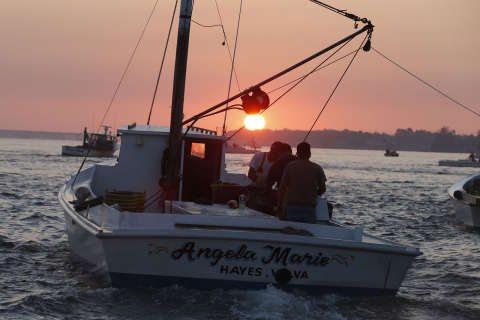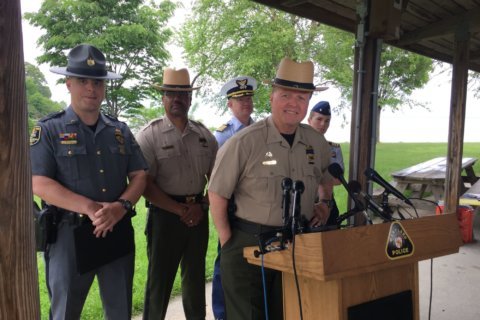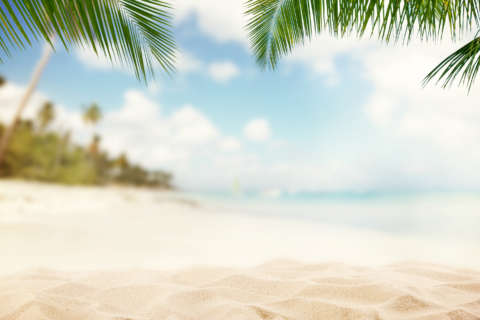ANNAPOLIS — People enjoying water-related activities should have a healthy respect for the added hazards natural bodies of water can pose compared with pools.
The warning comes from a 20-plus-year veteran of the Maryland Natural Resources Police in the wake of this week’s drowning of a child on a Chesapeake Bay beach at Sandy Point State Park in Annapolis.
“In the Bay, in the rivers, in the ocean — you have to practice a higher level of water safety,” said Capt. Brian Rathgeb.
His advice:
Beware all the unknowns. “This is not a pool. You don’t know how deep the bottom is. You don’t know what the currents are. You don’t know what the tide is doing. So you really need to be aware of your surroundings,” Rathgeb said.
If you can, swim near a lifeguard. “Don’t swim in an area where you’re not supposed to swim, particularly if lifeguards are off duty and you’re not sure of your swimming abilities — it’s probably a good idea to stay out of the water,” Rathgeb said.
Buddy systems can save lives. Whether swimming or boating, people can look out for each other. Swimmers should make sure someone knows where they are all the time. Boaters should file a “float plan” that can be as simple as telling someone where they’re going and when they expect to return.
“So that if you do have problems, somebody will know where to start looking,” Rathgeb said.
Wear life jackets. “Life jackets don’t work if you don’t wear them,” Rathgeb warned. He added that modern personal flotation devices are far more comfortable than older versions.
Respect that water can be deadly. Boating accidents have killed 16 people on Maryland waters in 2018 as of midday Wednesday.
“Water is such a powerful force. Particularly when you’re in an open setting here as opposed to in a pool, or when you put a boat in the mix … and you’ve got an engine behind you, so many things can go wrong.” Rathgeb said. “You really need to be aware of your surroundings and what you’re doing.”








